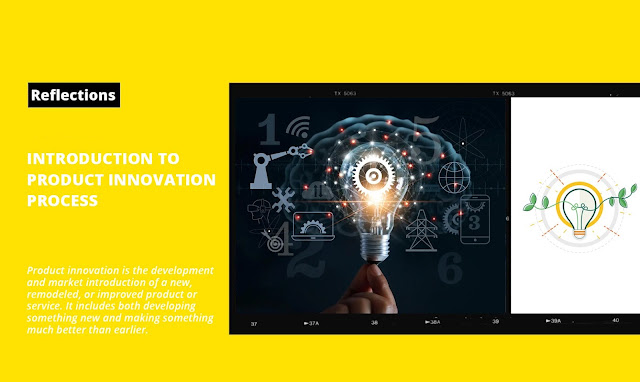Exploring the Product Innovation Process
Product innovation stands as the lifeblood of business success, a catalyst for financial breakthroughs. According to McKinsey's research, entities such as Aspire, Discover, and Mobilize have reaped greater economic rewards by prioritizing innovation. Microsoft's data echoes this, spotlighting that companies embracing innovative cultures witness double-digit growth compared to their stagnant counterparts. For every triumphant business leader navigating today's bustling market, the product innovation process emerges as an indispensable tool to safeguard brand eminence.
Understanding Product Innovation
Product innovation encapsulates the genesis and market entry of a novel, refurbished, or enhanced product or service. It encapsulates both forging new pathways and enhancing existing offerings. While not everyone pioneers a groundbreaking product, everyone possesses the capacity to elevate an existing one through creativity. Its significance lies in securing a coveted position within a competitive market landscape. By discerning product shortcomings and infusing novel methodologies, businesses can broaden their audience reach and satiate consumer demands. Product innovation encompasses unearthing novelty or modernizing existing products with pioneering technologies. Consider the evolution of Amazon's Kindle—from its maiden model to its latest iteration—as a testament to the success bred from innovative strides. Innovation manifests in augmenting products or integrating additional features, such as the integration of high-quality cameras in modern mobile phones.
Navigating the Product Innovation Process
Multiple metrics gauge innovation, with sales rates and ROI serving as customary benchmarks post-product launch. Yet, how does one measure product innovation's efficacy before the product debuts? How does one discern the pulse of the audience during the development phase? The answer is unequivocally market research. Acquiring insights into market dynamics, customer inclinations, and competitive landscapes furnishes a pivotal edge during product launches. Essential components of the product innovation process encompass:
1. Identifying Market Gaps and Blue Oceans
Blue ocean, a concept pioneered by W. Chan Kim and Renée Mauborgne, delineates uncharted market territories ripe with high-profit potential. Consider the advent of iTunes—a transformative platform in the era of rampant illegal music downloads—as a classic example of navigating a blue ocean. Spotify and Apple Music replicated this success by identifying and capitalizing on untapped market segments. Such discoveries require vigilance within industries, as these opportunities seldom present themselves routinely. Gaps, on the other hand, denote services yet to be offered by established businesses—an arena ripe for innovative business models.
2. Gathering Crucial Data for Product Innovation
The crux of product innovation rests on monitoring the global market and heeding customer feedback. These avenues unlock insights into the minds and needs of prospective customers. Customer sentiments expressed through reviews and media engagements serve as invaluable compasses when strategizing product launches. Engaging a market research firm or conducting in-house assessments proves instrumental in this pursuit.
Unlocking the Benefits of Innovation Training Programs
MIT ID Innovation offers a comprehensive product innovation training program, unraveling the intricacies of innovation theories, strategic thinking, and techniques. Fostering strategic thinking elevates team performance and unlocks untapped potential. MIT ID Innovation's programs serve as catalysts propelling organizational growth and optimizing performance.
By embracing the ethos of innovation and navigating the product innovation process adeptly, businesses can chart a trajectory toward sustained growth and industry eminence.

.jpg)

Comments
Post a Comment